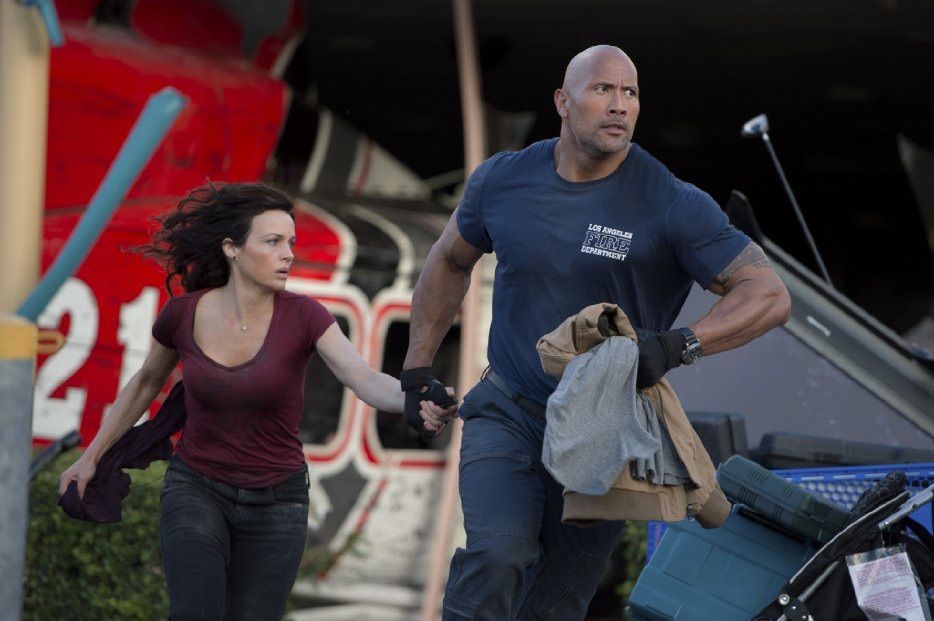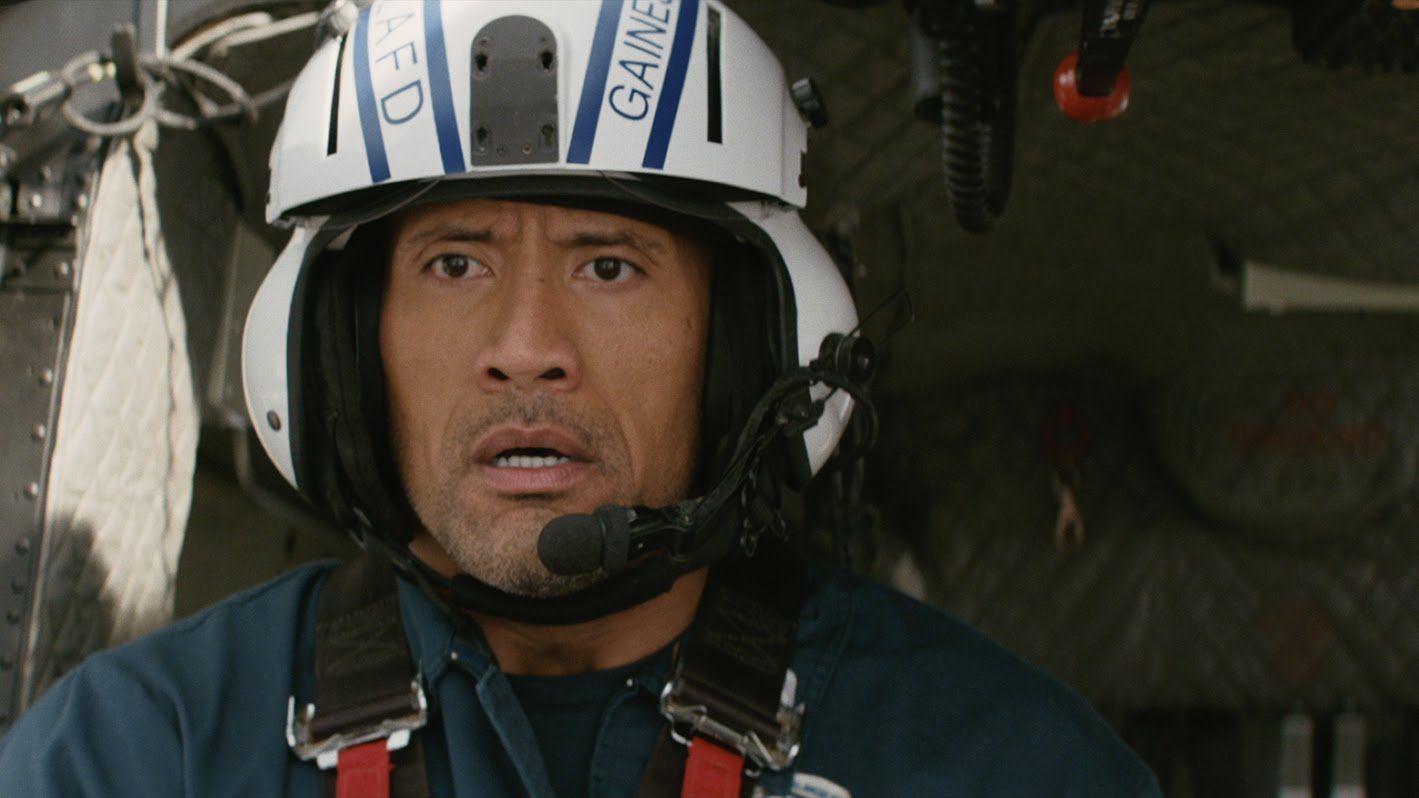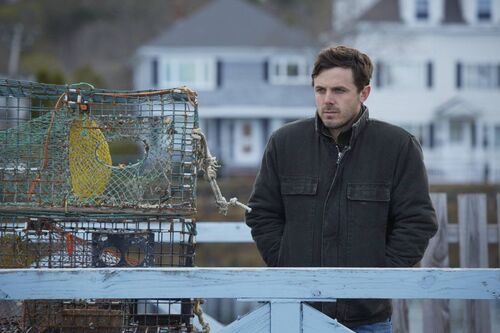
'San Andreas' Serves Up Enough Cheers and Tears (and Buffoonery) to be Worth Your Time
 Brad Peyton’s earthquake drama is a whirlwind of action that is built around a natural disaster dressed up as a spectacle. It not only relies on this dramatic destruction to weave its tale, but leans on its ability to push the truth as California crumbles quite extraordinarily.
Brad Peyton’s earthquake drama is a whirlwind of action that is built around a natural disaster dressed up as a spectacle. It not only relies on this dramatic destruction to weave its tale, but leans on its ability to push the truth as California crumbles quite extraordinarily.
the grand scale of destruction
In the lead up to this release I found it fascinating that seismologists wanted to see the movie, and some already have. In the world that Hollywood indulges itself in, pushing the truth has always been a key factor in building hype around disaster movies such as San Andreas. It's irrational to get agitated about the self-righteous way Hollywood executives routinely turn serious subjects into horsefeathers. On occasions, movies that are guilty of trying force their pretentious concepts onto you are hugely frustrating. However, when you get a movie that is so blatantly upfront about how it's bending the truth for your entertainment — and won't preach to you — you take great comfort in knowing that what you're about to watch isn't trying to reenact an event in real life terms. It’s almost saying to you, “This is Hollywood, and we're proud of it.”
What these seismologists hope audiences take away from this experience is for the film to act as a teachable resource — giving pointers to techniques on how to prepare yourself. With all due respect, San Andreas doesn't exactly boast educational values, and may have the opposite effect by leaving you more overwhelmed than prepared. Nonetheless, it does teach you the drop, cover and hold on methods in the midst of a quake, so at least that's something nutritional.
What does stand-out is the grand scale of destruction on display. Two quakes hit with one magnitude being 9.1, and the other hitting at 9.6 on the Richter Scale. As you’d expect, these quakes devastate the West Coast. In real life terms, the second earthquake would be bigger than the 9.5 Chilean quake of 1960, which still stands as the biggest in the history of such measurements. After these quakes strike, a yawning fissure appears to be about 30 feet wide and rips apart the Californian countryside with the vast majority of large buildings across Los Angeles crashing to the ground in a way only Hollywood could show.

bombastic and ostentatious melodrama
The damage is beyond authentic. Yet, we've been informed of this overblown premise beforehand with its trailers. There is no conceivable reason why the moviemakers should portray it in a true to life formula — it's just not entertaining enough. Showing it in a bombastic, almost ostentatious way, adds melodrama to the production. At the end of the day, it's sensationalised cinema, right? There's no rhythm to its chaos except propelling endless shots of pandemonium, shattering skyscrapers with no sense of human cost. However, amongst all the mass hysteria, San Andreas does teeter out a pleasant message of "you never know what's going to happen and how it’ll change your life, so be ready for the unexpected."
On a performance level, Dwayne Johnson (Furious 7, G.I. Joe: Retaliation) is the perfect man for such a movie. He has the believable look of a hero disaster movies need for them to be sustainable. Johnson is becoming a bankable asset for movie executives, with San Andreas only strengthening his position as a draw. Johnson plays Ray, a bulking helicopter pilot who performs search-and-rescue operations in Los Angeles. His soon-to-be-ex-wife, Emma (Carla Gugino, Night at the Museum), is the other important character. Ray and Emma have a few quiet moments together, but the screenplay allows this relationship to be dragged down by largely wasting it on casual and avoidable backstory.
Overall, San Andreas is bonkers in the realms of portraying an earthquake disaster. Although, what is engaging, is its unashamed brashness. It knows specifically what it is, what target audience it belongs to, and explicitly achieves it. Disaster films like The Poseidon Adventure and The Towering Inferno where to the 70s what superhero movies are to us now. They were the cornerstones of blockbuster cinema and became huge bankable assets to many studios. There was a resurgence of sorts in the 90s with Twister and Deep Impact, but since then they became almost extinct. I'm more than willing to see the disaster genre reignited, although San Andreas isn't an instant classic, it's an enjoyable, neatly arranged 114-minutes of entertainment that serves up enough cheers and tears (and buffoonery).



